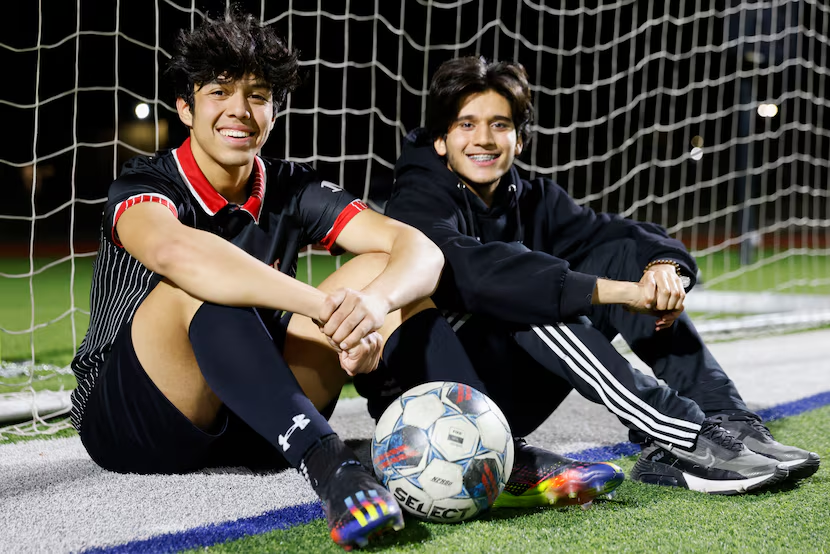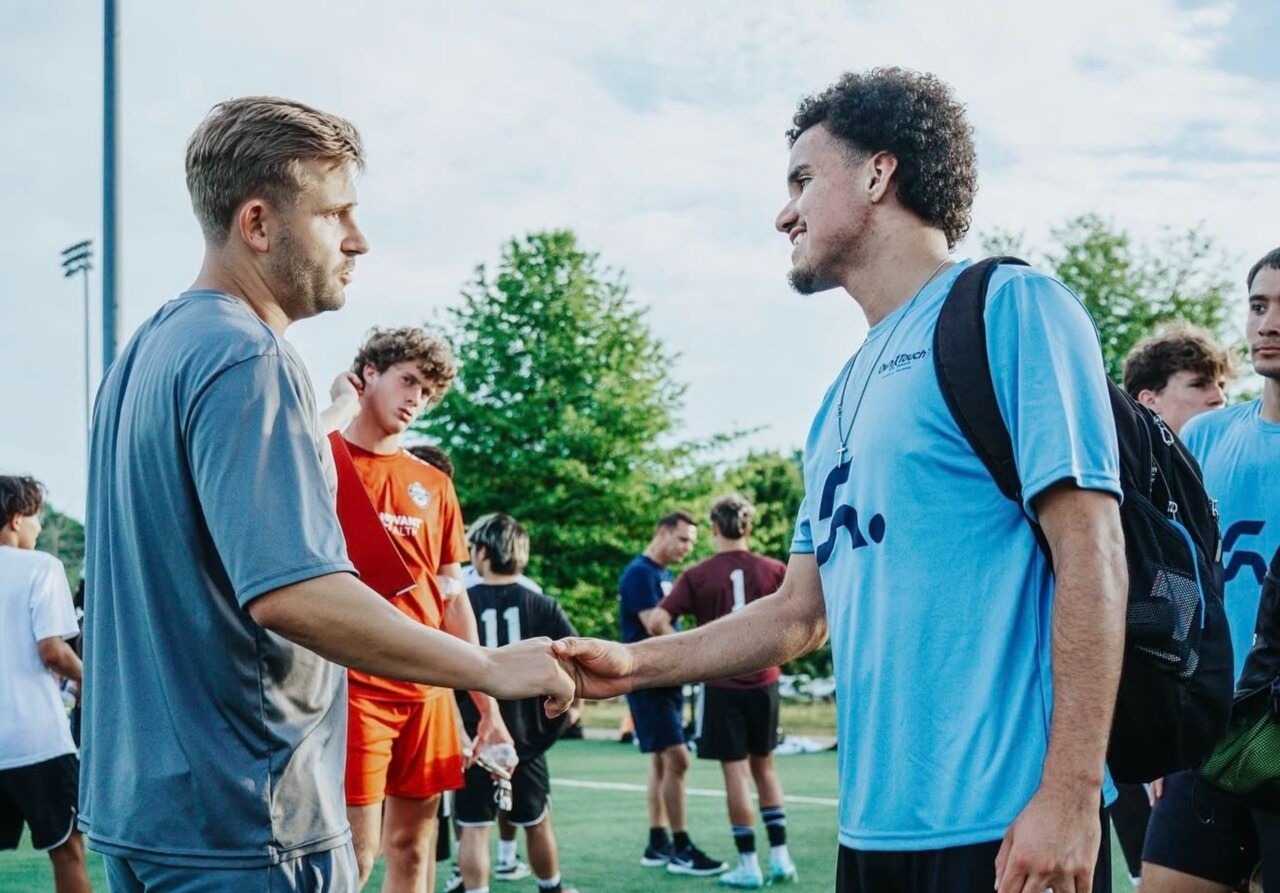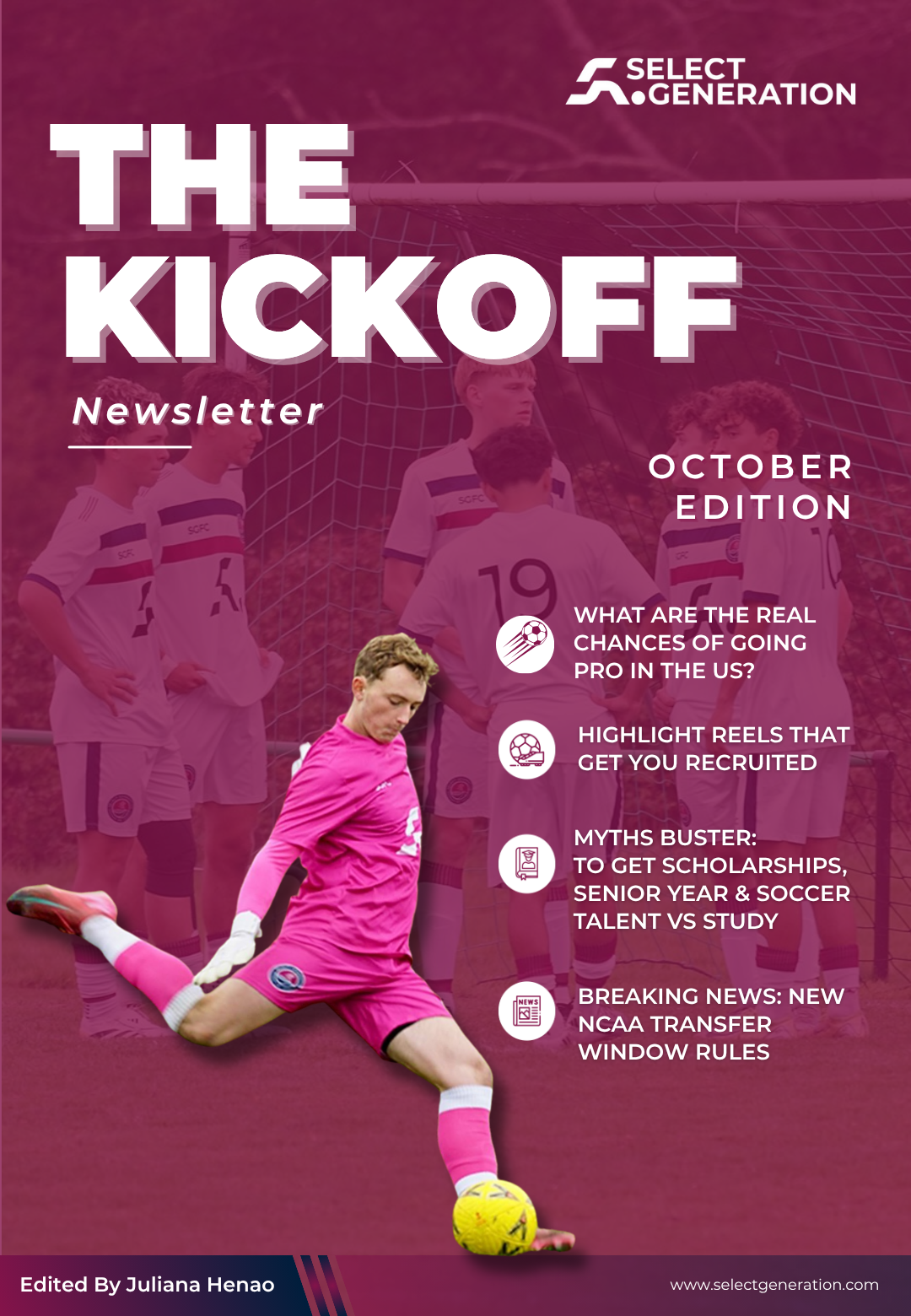For many high school soccer players, taking a gap year after graduation can feel like pressing pause on your college goals. But when used intentionally, a gap year can become a game-changing opportunity — not just to improve as a player, but also to increase your chances of being recruited to play college soccer in the United States.
In this blog, we’ll break down how to structure your gap year, what college coaches look for during this time, and how to avoid common mistakes. Whether you're catching up academically, recovering from injury, or just need more time to find the right fit, your gap year can be a major step forward — if you use it strategically.
Why Take a Gap Year for College Soccer?
A gap year isn’t a fallback plan. In fact, many successful college players used it to grow physically, mentally, and technically. Some key reasons players take a gap year:
- They weren’t ready academically or athletically
- They didn’t get the offers they wanted
- They discovered the recruiting process too late
- They want to explore better scholarship options
- They’re recovering from injury or burnout
No matter the reason, taking time off from school without a plan can hurt your chances. But with a clear structure, your gap year can show coaches that you’re serious, disciplined, and ready to compete.
Step 1: Build a Structured Training and Playing Plan
The first priority is staying sharp — or getting sharper — as a player.
Consider These Options:
- Join a high-level club or academy team: Compete in meaningful matches, ideally at the U19 or senior level.
- Train with former college players or coaches: This helps bridge the intensity gap between youth and college soccer.
- Hire a personal trainer or strength coach: Focus on soccer-specific fitness and injury prevention.
- Play in a men’s amateur league: Especially valuable if you’ve aged out of youth competitions.
- Attend college ID camps during your gap year: Showcase yourself in person (more on that later).
Consistency is key — coaches want to see that you didn’t take the year “off” from serious development.
👉 Learn how to prepare for ID camps effectively to maximize exposure during your gap year.
Step 2: Stay Academically Eligible and Enrolled
College soccer is governed by NCAA and NAIA rules, and they care about academic progress — even during your gap year.
Here’s what you need to do:
- Take college courses or enroll part-time at a local community college or online program.
- Maintain your GPA: A strong academic record boosts your appeal to coaches and admissions.
- Track your NCAA eligibility clock: It starts once you enroll full-time at any college.
- Register with the NCAA or NAIA Eligibility Center if you haven’t already.
If you take no classes for a year, it may raise red flags. On the other hand, showing that you’ve kept up academically can put you a step ahead of other recruits.
👉 Learn how to get recruited to play college soccer and stay on track even during your gap year.
Step 3: Update Your Highlight Video and Online Profile
You’ve got new footage — make sure college coaches see it.
A strong gap year video should include:
- Recent match footage from club or senior-level games
- Training clips that show your technique and intensity
- Clear labeling (your name, position, jersey color)
Post it on YouTube and embed the link in your emails to coaches. You can also create or update a personal website or profile with all your info.
👉 Check out this blog on how to build a personal brand that helps you stand out to coaches online.
Step 4: Stay Active in the Recruiting Process
Don’t wait for coaches to reach out — you need to be proactive during your gap year.
Weekly recruiting tasks should include:
- Emailing coaches with updates, videos, and questions
- Attending college ID camps or showcases — especially at schools you're targeting
- Setting up campus visits or Zoom calls with coaching staff
- Following teams on social media and watching their games
Always be respectful, professional, and timely. Coaches want players who communicate well and understand the college environment.
👉 Use this time to learn how to write great emails to college coaches that actually get opened and replied to.
Step 5: Reevaluate Financial and Scholarship Opportunities
One of the biggest benefits of a gap year is time — time to find better-fit programs and scholarship packages.
During your gap year:
- Cast a wider net: You may discover schools you overlooked before.
- Improve your scholarship appeal: A better GPA, test scores, or athletic level can help.
- Apply early to maximize financial aid: Especially for D3 or NAIA schools where aid is competitive.
Keep in mind that some programs finalize their recruiting classes early, so don’t wait too long to reconnect with coaches or apply.
🚩 What to Avoid During Your Gap Year
Taking a gap year can help — or hurt — your recruitment, depending on how you use it. Here are some common mistakes to avoid:
- ❌ Taking a full year off from soccer
- ❌ Failing to take any academic courses
- ❌ Not contacting coaches regularly
- ❌ Not attending ID camps or recruiting events
- ❌ Relying solely on social media to get discovered
If you treat the gap year like a vacation, coaches will treat you like an afterthought. If you treat it like a growth year, coaches will take notice.
Real Examples of Successful Gap Year Paths
Some players:
- Played in semi-pro leagues in their home country before heading to the U.S.
- Used their extra time to get stronger and faster, and ended up getting D1 offers.
- Didn’t have any offers in senior year, then earned scholarships after a consistent year of training and outreach.
- Reclassified academically and entered college one year later with better offers.
The key is intentionality — structure your time, track your progress, and keep improving.
✅ Your Gap Year Success Checklist
Use this simple checklist to make the most of your gap year:
Area What to Do
Training Join a competitive team and train regularly
Academics Take college-level classes, maintain GPA
Recruiting Email coaches weekly, attend ID camps
Video Update highlight reel and share it
Financial Aid Revisit FAFSA, aid, and scholarship options
Accountability Track goals monthly and adjust as needed
Final Thoughts
Your gap year can either be a year lost — or a year that launches your college soccer career.
Take ownership of the process. Stay in shape, stay sharp, stay eligible, and stay in touch with coaches. A well-used gap year can help you reach a higher level, find a better school fit, and step onto campus more prepared than ever.
College coaches don’t expect perfection — they want players who are intentional, motivated, and improving. Use this year to prove that’s who you are.
.svg)










